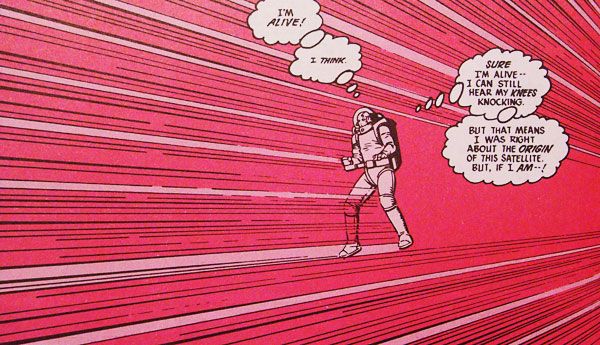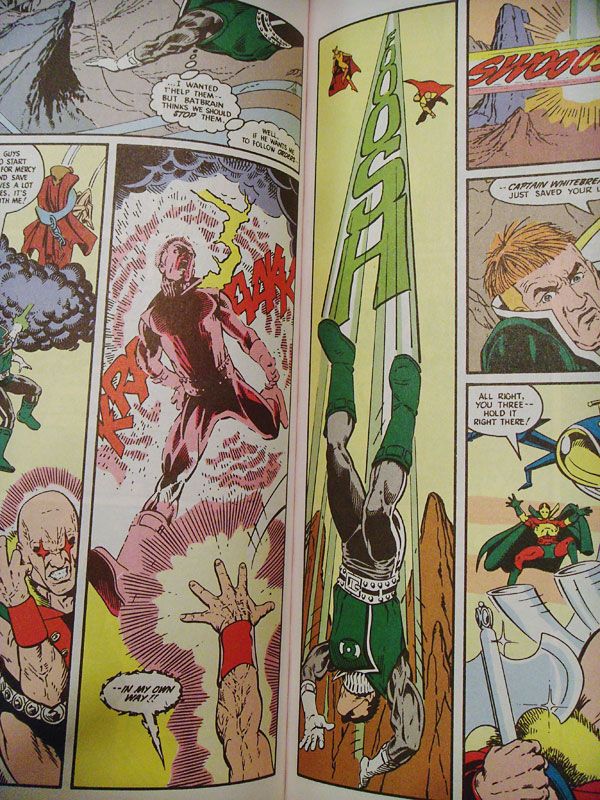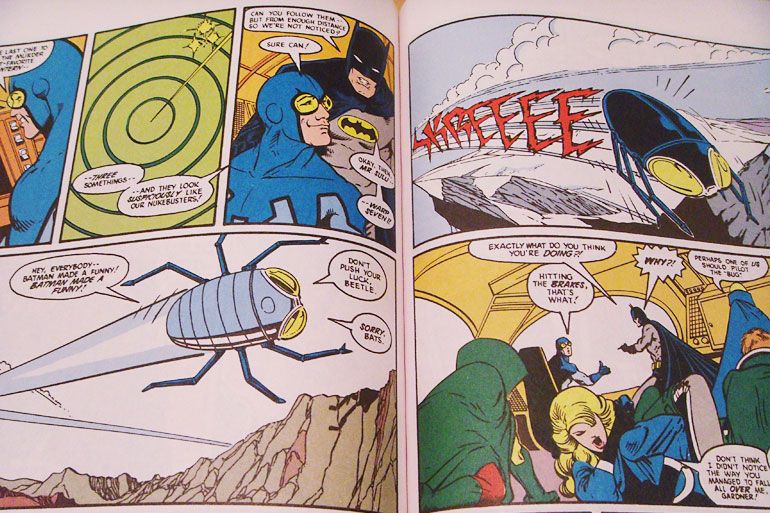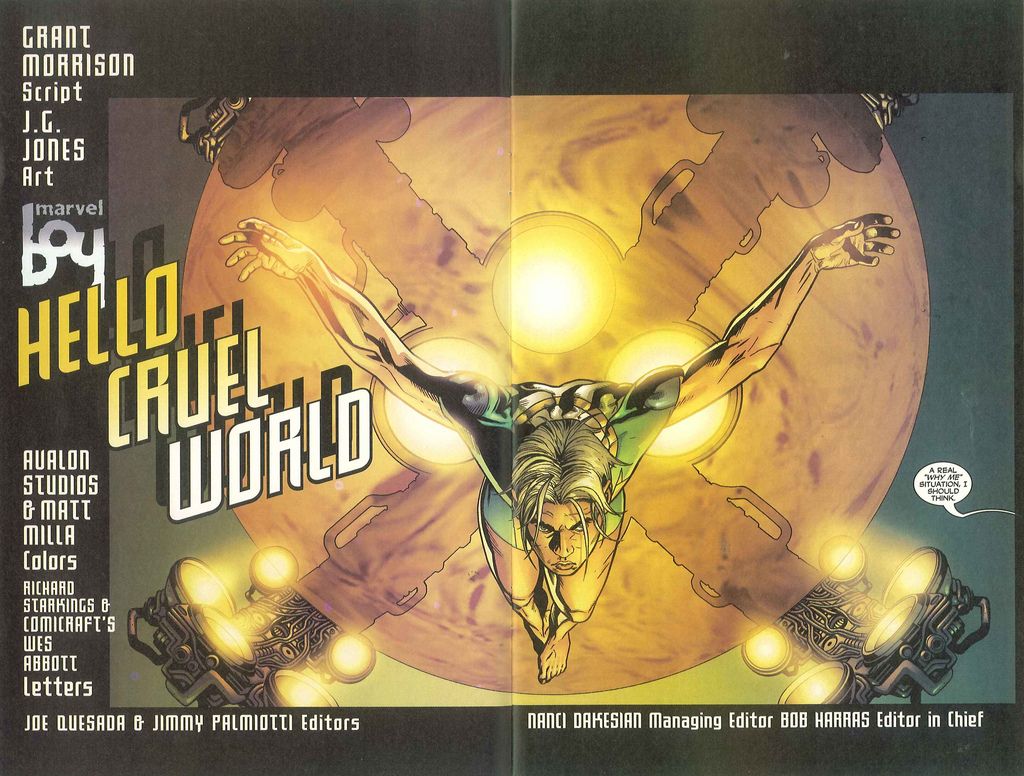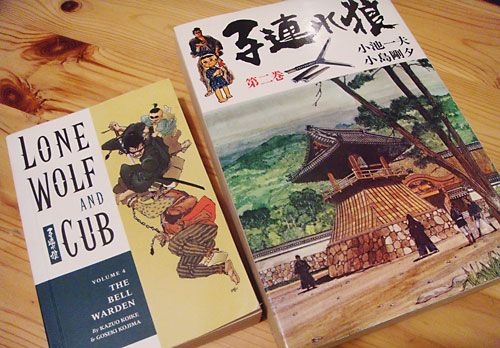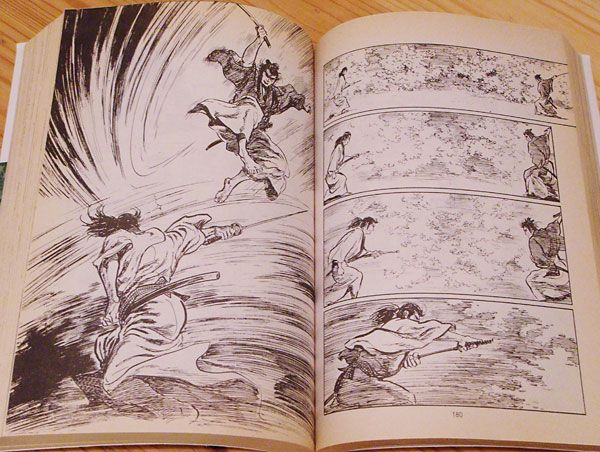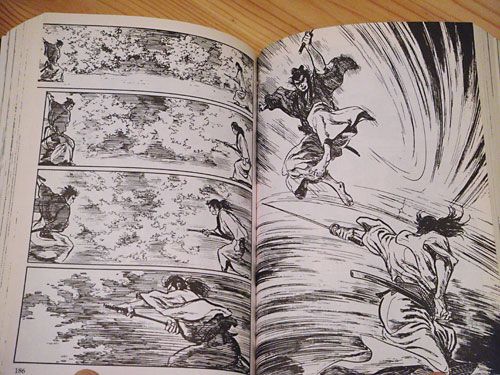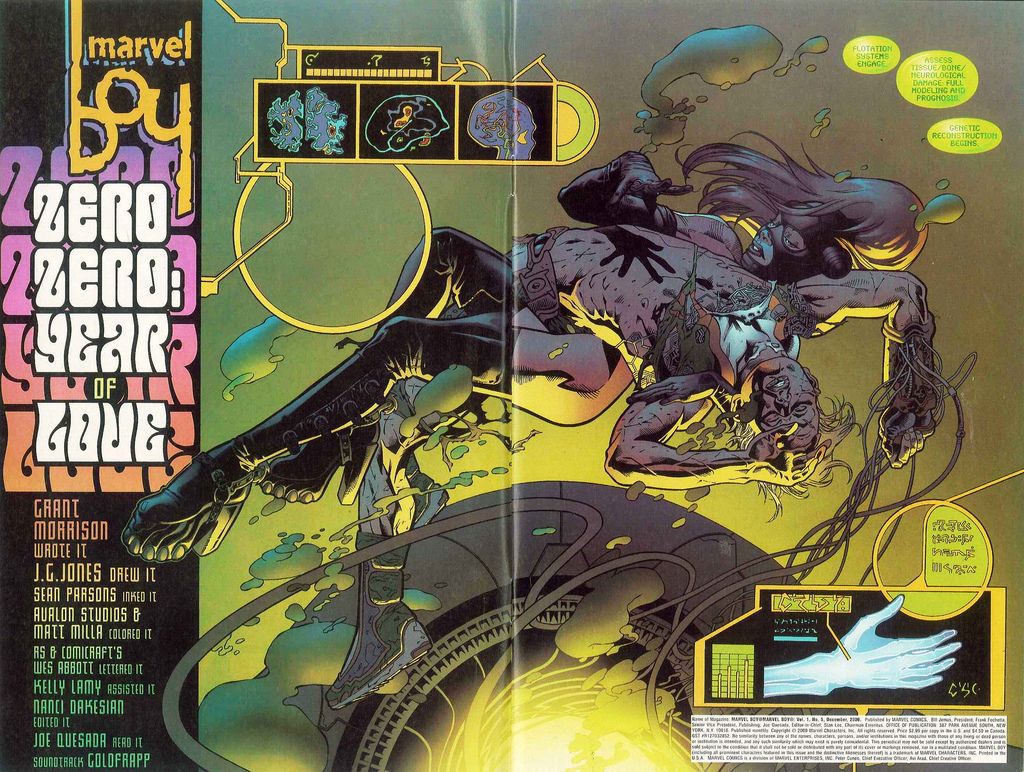With all of the luxury, hard cover reprints of comic books, why is it so rare to see any involvement by the original authors? And why isn't this more of a selling point, as it would be with movies when directors, writers and actors assemble to create a the "special features" on DVDs? As I begin to look at my books with a more critical eye, I can see that in many instances, collected reprints often aren't any better than the original comic books.
While I love the medium of the slim, monthly comic book, I do enjoy being able to pick up one book and read 6 or more months of story all in one go. Those collections are a hell of a lot easier to loan out to people too, and sometimes they even have extra bits of text, story, sketchbook material or background stuff. But what about when the compilation engenders a pagination change, or an inferior paper or print quality? Just because the comic books are now collected between a shiny, dust-jacketed hard cover does not automatically indicate a better product inside.
Back in the 1980's Giffen, DeMatteis, Maguire created some damn fine comic books about Justice League International. I bought a few of the monthly comic books as they came out, but without a local comic books store I missed some. I missed enough to make it worth buying a compilation of the first 7 issues when the trade paperback "A New Beginning" came out and for the last 20 years or so I loved it. I read this and believed this to be the comic book that the authors intended me to read, with all of the pacing and rhythm intact. Then I got the hardcover to replace this much borrowed book and mindlessly shelved it. Yesterday I took it out to reread while simultaneously loaning a friend the old paperback version. For the first time I had the two books side-by-side and saw that there were some major differences.
Immediately I noticed the thinner paper used for the hard cover book, and the washed out inks. I was disappointed, but these differences were understandable. However, most worrying to me was that the pagination had changed. Left-facing pages had become right-facing pages and so pages which had once had cliff-hangers before the page turn now didn't involve a page turn at all, but a scan across to the other side. How do I know which was the reprint more faithful to the authors' original intention? When the pages were thumbnails and the artists sought to create lines of vision that would pull people into the story, where they allowing for the fact that the pagination could change? How am I to know how the original comic book flowed unless I now seek out those original monthly comic books? I don't want to have to buy a lot of impossible back issues, but I really want to know how the authors intended it to be read.
It isn't just the Justice League that faces these problems. The first trade collection of Grant Morrison and J.G. Jones' Marvel Boy famously had a horrible repagination, where the opening sequence double-page-spread that was turned into a right-hand page and then on page turn, a following left-hand page. Obviously cutting in half a double-page-spread in the opening pages of a book is far more egregious than simply changing things around a bit and a lot more noticeable. There is talk that this was fixed in the 2008 hard cover reprint, but I haven't been able to get a look at that yet.
When the translations of the Japanese Lone Wolf and Cub came out it was widely accepted that (in order to create a left-to-right reading western comic book) the publishers had taken each page and mirrored it, i.e. flipping it horizontally. At the time this was deemed acceptable as it wasn't felt that it would make any difference to the story. However, printing a book about a sword fighter and having him (and all of his opponents) depicted as left-handed can be rather jarring in any fight scenes. It is because of that that I eventually sought out some of the original manga, just to get a look at the artwork as it was intended.
I do enjoy my compilations and I understand that the book format is that much more accessible than the monthly comic book "floppy", but I would like to add a caveat to that appreciation; I'd love to see publishers need to respect the medium enough to reprint the stories as the authors intended them to be read. It isn't just the big, fancy, famous comic books that deserve lovingly crafted reprints. Even those so-called disposable stories have value, some of them really did expand and progress the comic book medium and they deserve to be lovingly reproduced too. There are companies who will bind old runs of monthly comic books into hard cover volumes, which I initially couldn't understand. Now that I begin to see the potential for change in the reprints, I can more easily understand the value of having those monthly comic books lovingly hand bound in order to preserve the original experience of reading them in that format.
Skilled authors create stories with flow and pacing, shepherding the audience through the story, using the medium to create a unique rhythm and pace. If changes are made to the pagination then this in turn affects the flow and everyone suffers. There is a case here for museum-like preservation of original comic books, up to and including the terrible ads interspersed in them, if we are truly to preserve the originally intended story.
Alternatively, the reprint could be treated as a kind of "director's cut" of the story, with the original comic book authors being given final approval of the book layouts before they go to print in a similar way that great directors are able to polish and hone their best films for re-release. In this way we could create a way in which readers have access to the author's purest version of the intended story. Perhaps this seems excessive or time-consuming to publishers, but with this kind of care I think the increase in quality could also create a commensurate increase in respect and consumption for the medium. At the very least, I know that this slightly OCD comic book reader would love "director's cut" versions.

